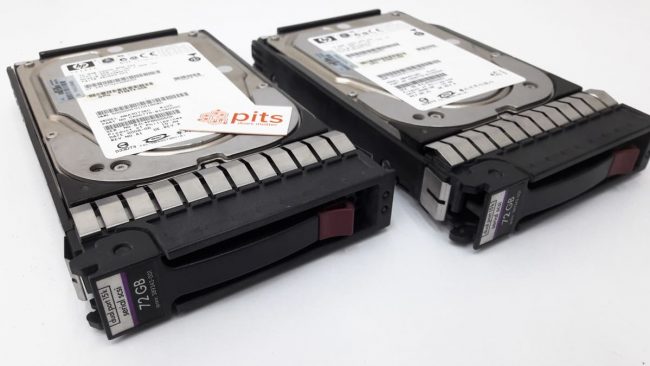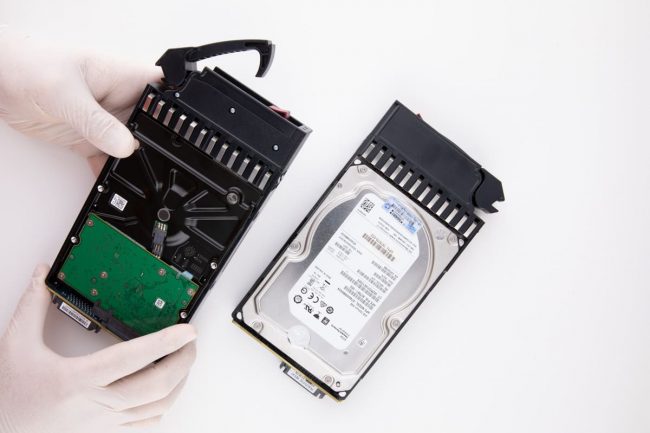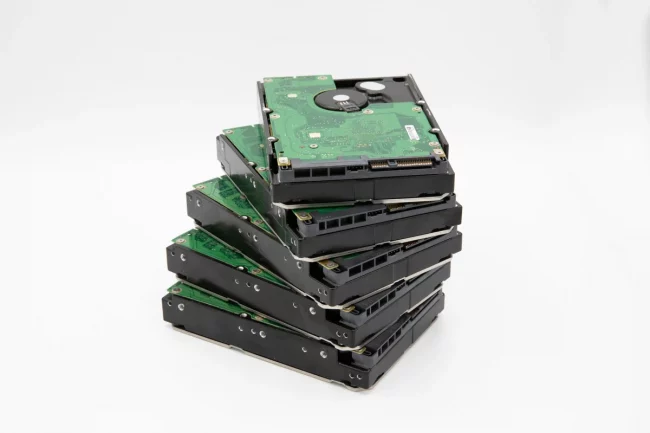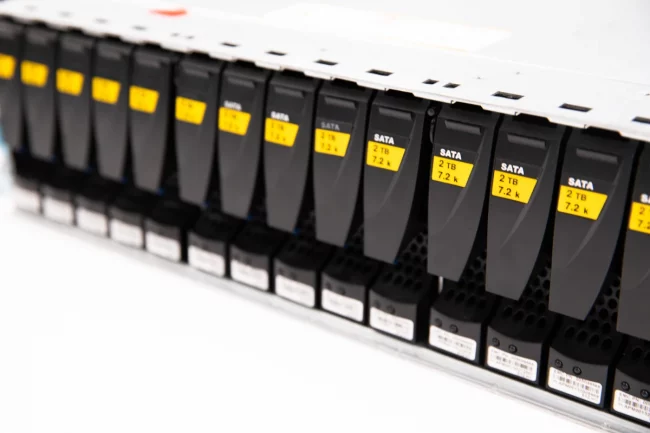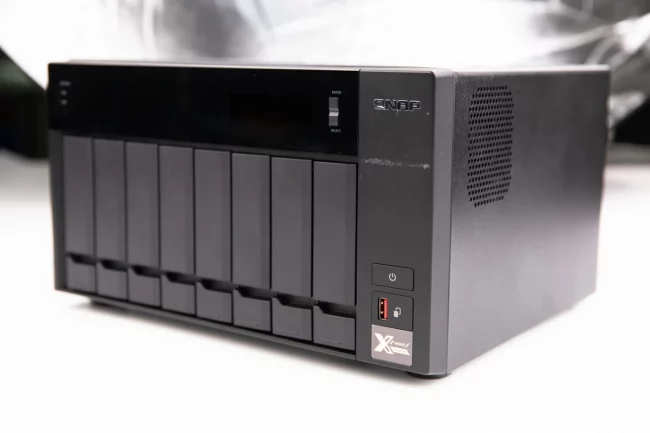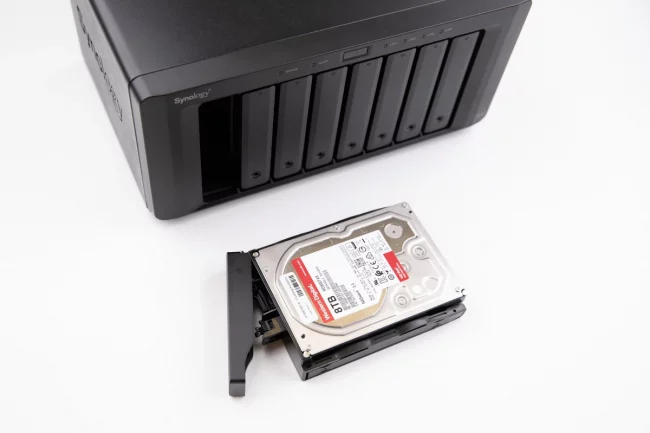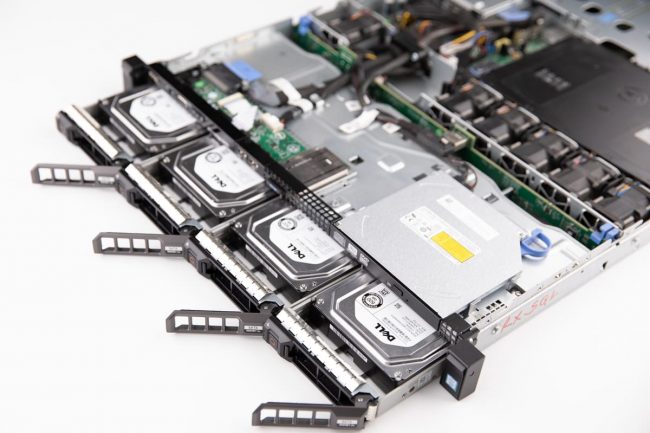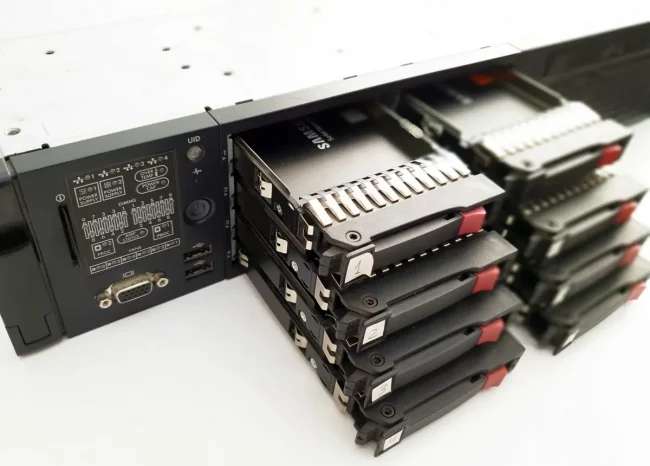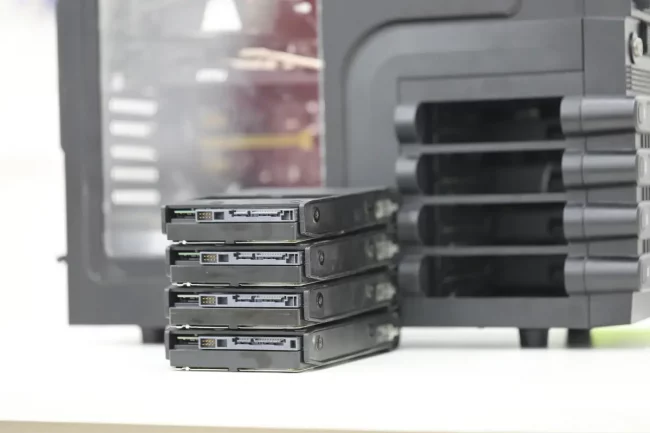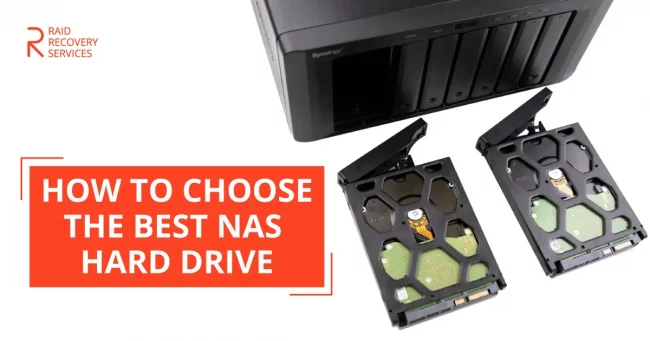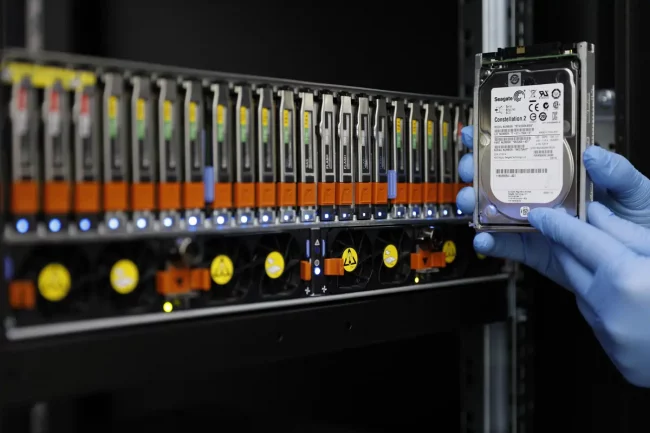Database Corruption – Causes, Prevention, and Solutions
In today’s digitally-driven world, data is the lifeblood of businesses. Companies rely heavily on databases to store critical information, from customer data to financial records. However, with great data comes great responsibility. Database corruption is a looming threat that can wreak havoc on a business’s operations. In this blog, brought to you by PITS Global…
Details
